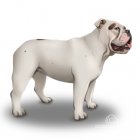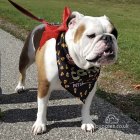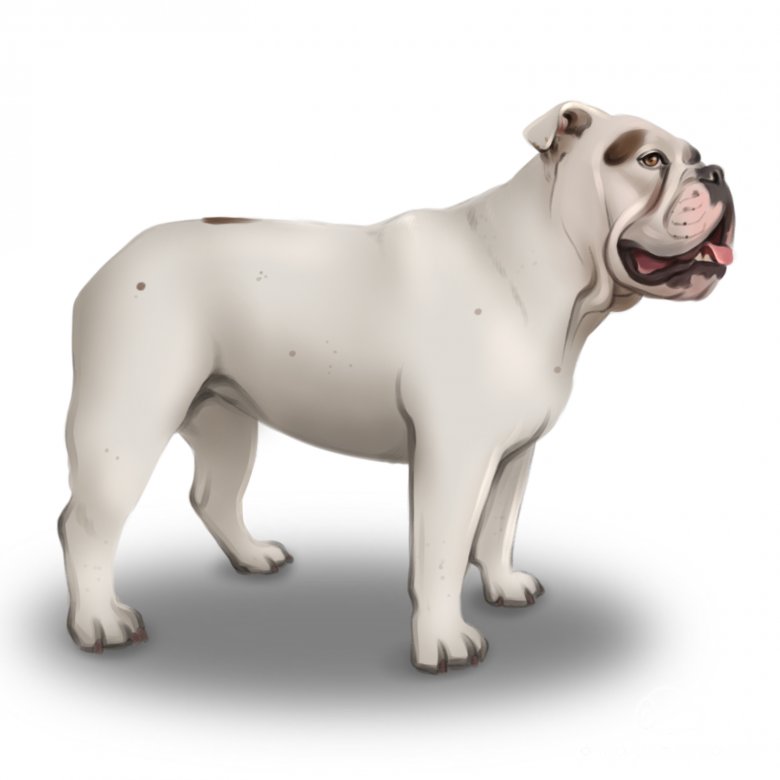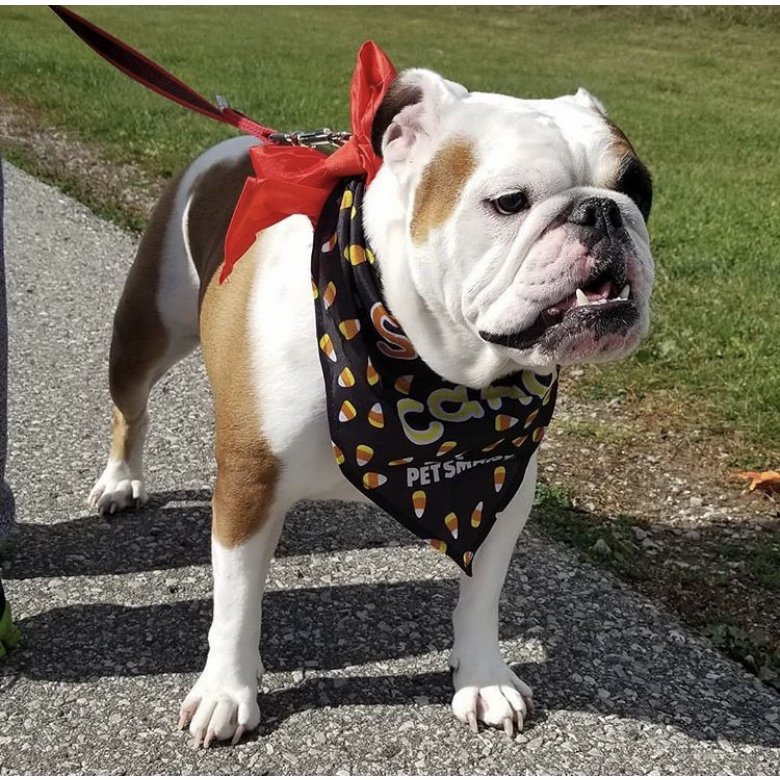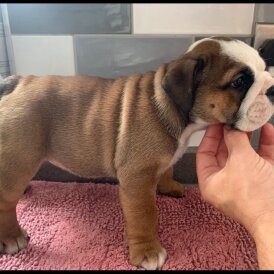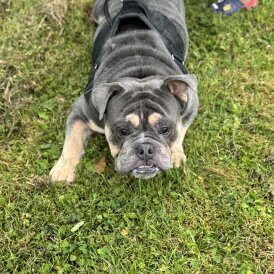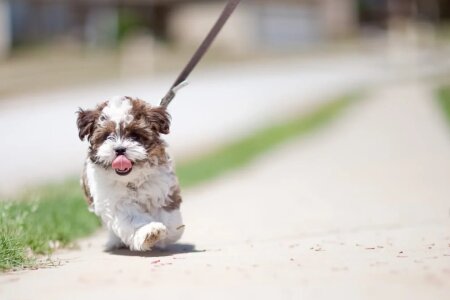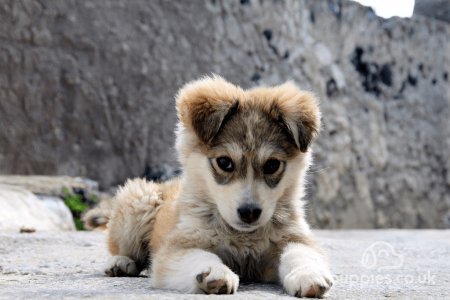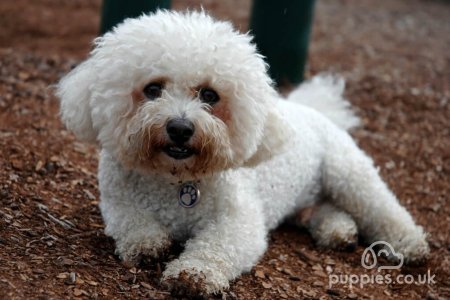History
The English Bulldog does not have a particularly civilised history – its ancestors were used for bull-baiting. A barbaric practice that goes back to the Middle Ages, where the dog was trained to deliberately madden the bull, grabbing it by the nose and not letting go. Thankfully, this practice was outlawed in the 19th Century and since then the breed has changed dramatically in character. Enthusiasts selected against ferocity and over the years have created an amiable companion while keeping its distinctive looks.
Appearance
How big is an English Bulldog?
The Bulldog is a small but sturdy dog. It has a squat well-muscled body, wrinkled head and upturned nose. Height ranges from 30 to 40cm and weight should be between 23 and 25kg.
Do English Bulldogs make good pets?
The short answer is yes, as long as you buy a puppy from a healthy line. Socialised Bulldogs have a reputation for being good-natured lovable companions.
Are English Bulldogs aggressive?
No. However, there are traits that need addressing from the start. These include stubbornness and a protective streak which can make them seem standoffish with strangers.
Care
What do I need to buy for a English Bulldog puppy?
Early preparation will make your puppy’s arrival less stressful. Even before they arrive, check the house and garden are safe for the inquisitive arrival. Make sure that all the basic equipment is on hand, because a trip to the shop may become trickier once puppy is home. To start with you will need a light correctly sized collar. They will be replaced at regular intervals as puppy grows and matures. Check in with the breeder about the best type of collar. Ensure that the width of the collar exceeds the width of one of your puppy’s vertebrae. Choosing a lead is easier, just go with something that feels comfortable to hold. Many Bulldog owners opt for a harness, because it removes tension from around the neck. But they can be fiddly to fit. Do not go for any tight fitting equipment, there should be room to slip two fingers between harness and body. At this stage, don’t spend too much on a bed. Hard beds made of moulded plastic have the advantage of being washable and hard to chew. Old towels or blankets are perfectly suitable. Don’t forget that they are likely to be soiled fairly regularly until your puppy is fully toilet trained, which might take some time. Foam mattresses should be avoided because puppies like nothing better than pulling and chewing. Cages and playpens are useful for creating a safe personal space where a puppy can go and get some respite well away from the rest of the household. Stairgates are a useful addition for safety. Toys provide both mental stimulation and something to chew on. Choose tough well-made toys specially designed to meet the rigours of enthusiastic play. Soft toys are a favourite for dogs with baby teeth. Top tips for play include keeping a special toy out of sight and only use as a prized reward during training.
Health
So what are the common issues affecting dogs that do not meet health standards?
It starts with the face. The dog’s facial bones are radically shortened. This is exacerbated by the Bulldog’s large tongue, pinched nostrils and narrow windpipes. The upshot of this ‘squeezed anatomy’ is a dog that finds it hard to breath, with increased carbon dioxide in the blood. All very bad news indeed! It makes exercise hard, made even harder when the weather is warm. The distinctive look, so beloved by admirers, creates further problems. The long low build of the English Bulldog predisposes the breed to joint deformities and difficult births, leading in many cases to caesareans. Bulldog Puppies have been found to suffer from excess fluid beneath the skin and laterally deviated legs, meaning that they find it hard to stand. Common abnormalities extend to the mouth with malformed dentition. The other major area of concern is the eyes. These bulge, because flatter skulls create shallower eye sockets. Folds in the skin make them more prone to dermatitis, mange and eczma. Ears can easily become infected too. With so many potential issues, it makes choosing a health puppy very tricky. Would-be owners need to think long and hard before considering whether Bulldog puppies are for them.
Buying your English Bulldog puppy
There’s no escaping the fact that the English Bulldog is causing a great deal of concern amongst dog lovers. The Kennel Club claims that improving the health of the breed is one of its top priorities. The Bulldog is the sixth most popular breed in the UK and that’s why this much-loved dog is being targeted as way of making a quick buck by unscrupulous people. The Kennel Club estimates that only around one third of Bulldog Puppy breeders fall within its sphere of influence, leaving the majority outside any form of control.
Other Organisations
Thank you to the following sources for helping to shape this blog. https://www.akc.org/dog-breeds/bulldog/ https://www.bulldogrescue.org.uk/ https://www.englishbulldoginformation.org/






